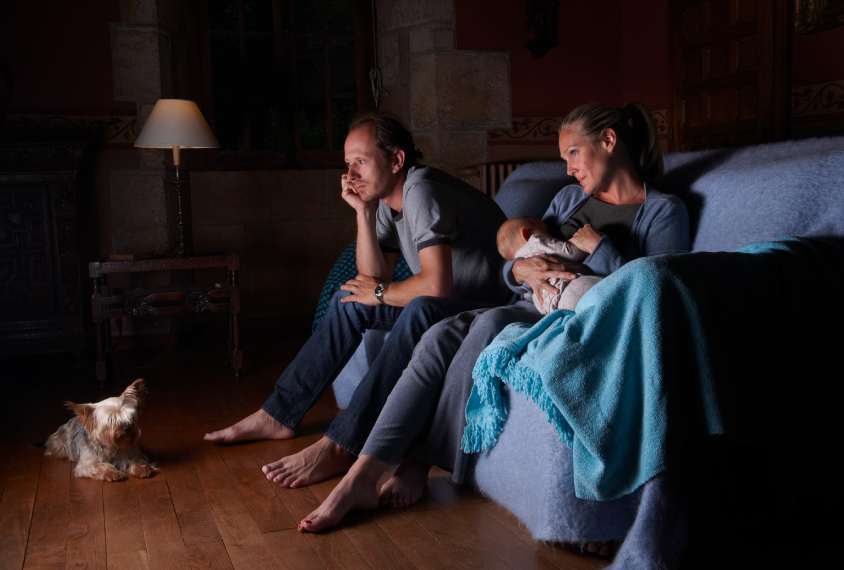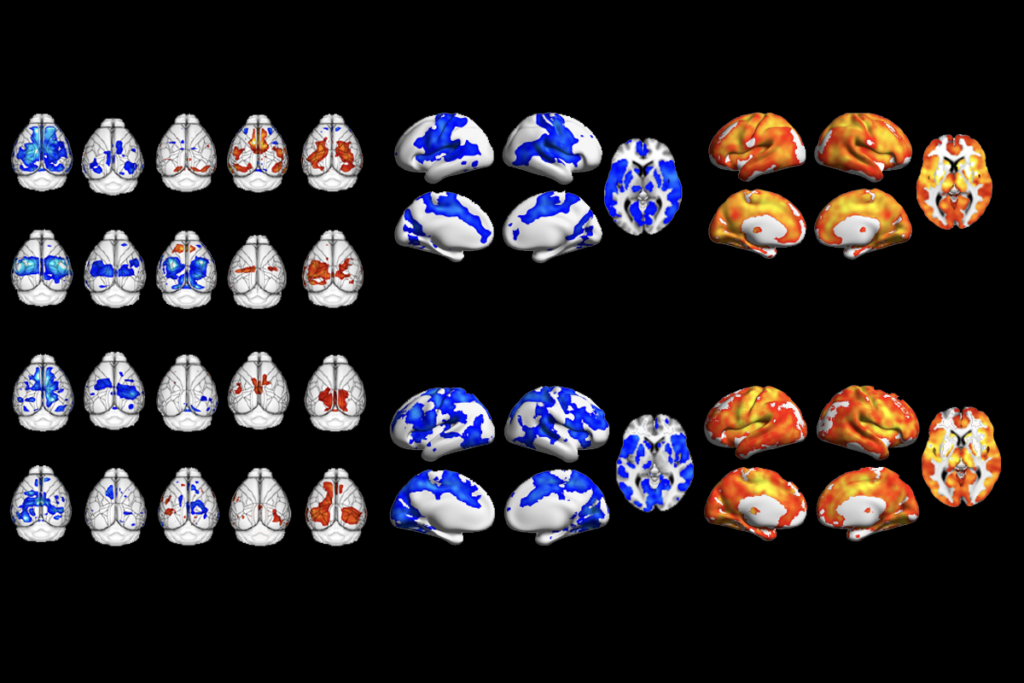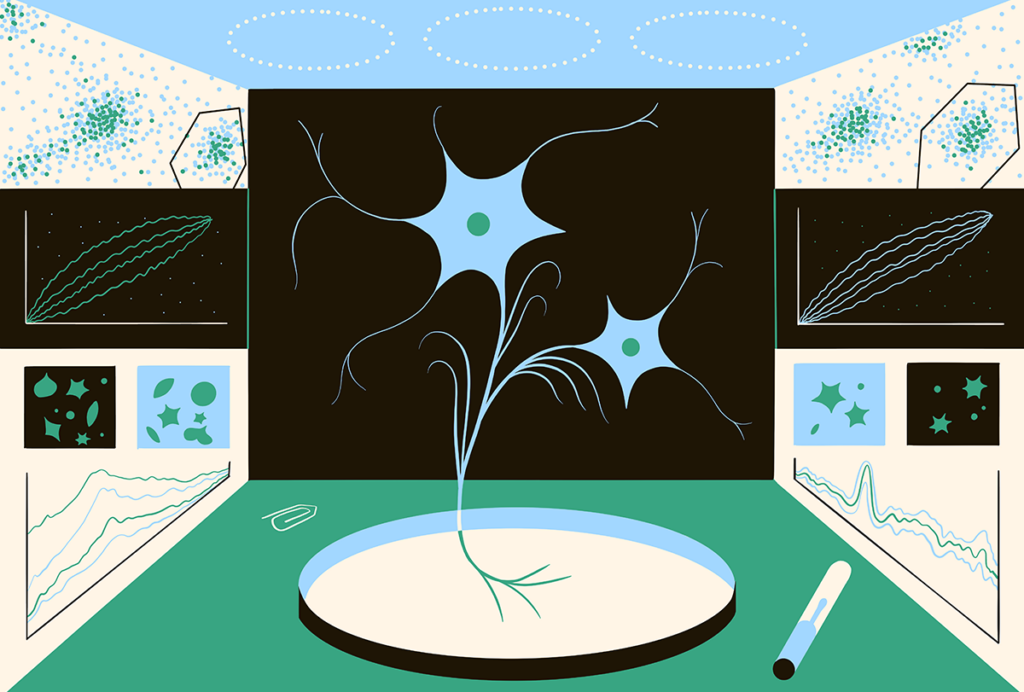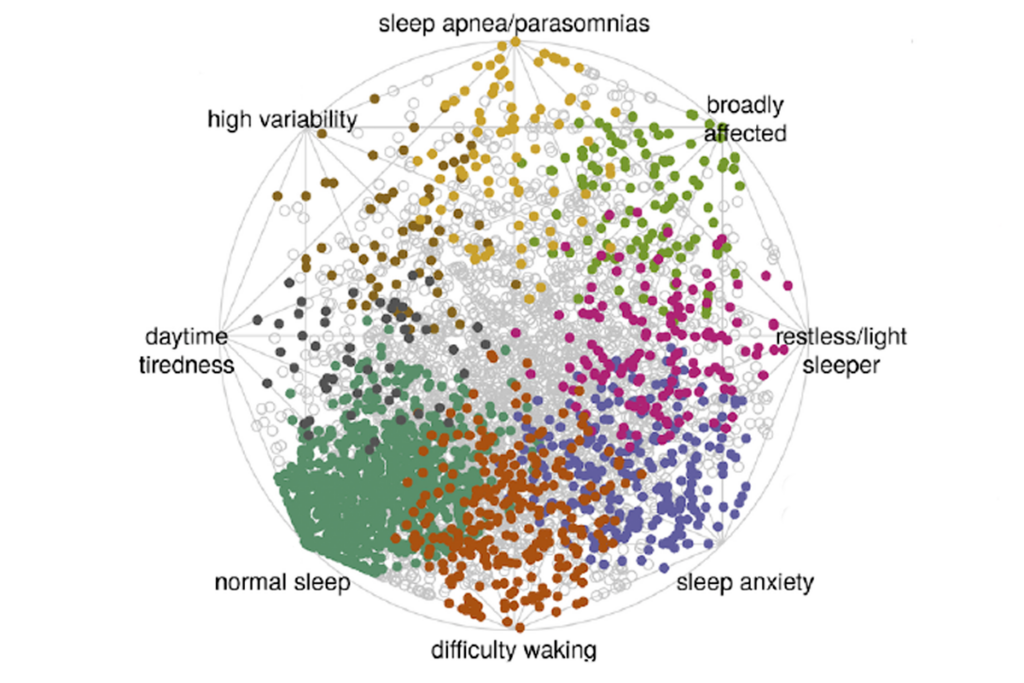
Genetic risk factors for autism may affect family size
People who carry risk factors for autism but do not have the condition tend to have slightly fewer children than average, and have them later in life.
People who carry risk factors for autism but do not have the condition tend to have fewer children — and have them later in life — than do people at lower risk, according to a new study1.
The study of more than 90,000 people focuses on common genetic variants, which occur in at least 1 percent of the population. Certain combinations of these variants are thought to increase the risk of autism.
The study suggests that variants linked to autism also affect whether and when people have children. For instance, having variants that lead to social difficulties might make it hard to find a mate.
“It is clear that the brain is an important reproductive organ,” says lead researcher Kári Stefánsson, founder of deCODE Genetics in Iceland.
The findings, published 13 June in Nature Communications, may help to explain why autism is more prevalent among children who have older parents. Previous studies have suggested that sperm from older fathers is more prone to spontaneous mutations that boost autism risk. The new work supports another explanation: that people with common genetic variants tied to autism delay parenthood.
Delaying parenthood limits the number of children a person can have, decreasing his likelihood of transmitting his genes. This places the genetic variants linked to autism under ‘negative selection’ — a process that might eliminate those variants over the course of evolution.
However, the fact that autism traits remain in the population suggests other evolutionary forces may be at play.
“This is a soundly done study and a careful analysis,” says Matthew Keller, an evolutionary geneticist at University of Colorado Boulder, who was not involved in the study. “I think within the next 10 years we are going to have a very good idea of what types of evolutionary forces were responsible for the genetic variation [in] these traits.”
Decoding risk:
Most common variants do not increase the risk for autism, and those that do contribute only a modest risk. Stefánsson and his colleagues homed in on a set of variants seen more frequently in people with autism than in those without the condition. They identified these variants in the Psychiatric Genomics Consortium, an international database of whole-genome data from thousands of people with autism or other neurological conditions.
The researchers then looked for the same set of variants in the deCODE database, which contains whole-genome sequences from more than 150,000 Icelanders. They assigned each individual in the database a ‘polygenic risk score’ for autism based on the variants he or she carries.
The researchers then focused on the genomes of more than 90,000 Icelanders age 45 or older who do not have an autism diagnosis. They found that individuals with relatively high polygenic risk scores but no autism diagnosis have slightly fewer children and have them later in life than people with lower scores.
“People who carry these genetic variants might display some intermediate phenotype that might affect the number of children they have or [their] ability to have a partner,” says Niamh Mullins, a graduate student in Cathryn Lewis’ lab at King’s College London, who collaborated with the deCODE team on the study.
Moment in time:
The researchers also found that people who do not have autism but carry large deletions or duplications of DNA — called copy number variations (CNVs) — associated with the condition have fewer children than do those who lack these CNVs. The effect is strong enough to suggest that CNVs that confer a significant risk of autism are under greater negative selection than variants that affect a single DNA base.
Why genetic variants tied to autism have persisted in the general population is a topic of debate. They may have conferred certain advantages, says Anne Goriely, associate professor of human genetics at the University of Oxford in the United Kingdom, who was not involved in the study. For instance, the variants may help an individual focus on detail, which might result in survival benefits for her or her children.
It may also simply take time, perhaps thousands of years, for harmful genetic variants tied to autism to disappear from the population. The new findings support this notion, but only look at a snapshot in time — the present — when evolutionary forces may be quite different than they were in the past.
Over the next decade, as more whole-genome sequences become available, Keller says, researchers may develop statistical methods sophisticated enough to decipher the evolutionary forces that shaped the traits associated with autism.
References:
- Mullins N. et al. Nat. Commun. 8, 15833 (2017) PubMed
Recommended reading

Expediting clinical trials for profound autism: Q&A with Matthew State

Too much or too little brain synchrony may underlie autism subtypes
Explore more from The Transmitter

Mitochondrial ‘landscape’ shifts across human brain

